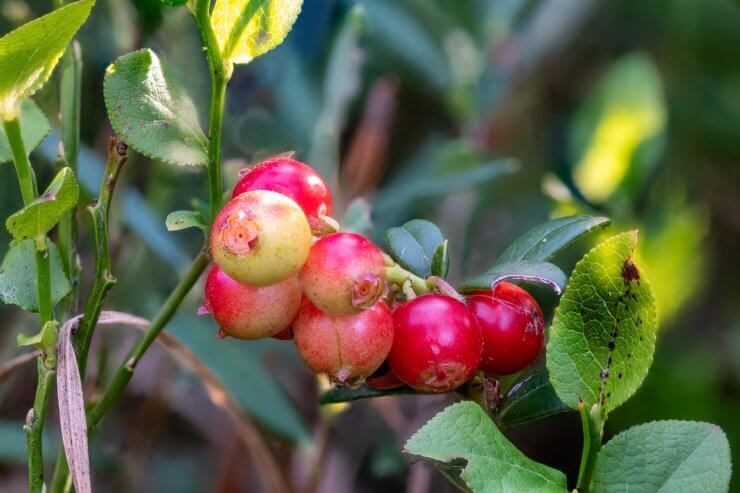
I’ll never forget the day I stumbled upon a cranberry bush at my local farm. There they were, these vibrant red berries nestled among the leaves, nowhere near the watery bog I’d always associated with cranberry growing. It was a moment that sparked my curiosity and sent me down a rabbit hole of discovery about these tart little fruits. So, do cranberries grow in water? Well, the answer isn’t as straightforward as you might think.
The Great Cranberry Conundrum: Bush or Bog?
As it turns out, the cranberries we see floating in those iconic watery bogs aren’t actually growing there. Cranberries are a low-growing perennial vine that thrives in acidic soil conditions. They naturally grow in wetland areas called bogs or marshes, but they’re not aquatic plants. The flooding we associate with cranberry harvesting is a clever commercial technique, not their natural habitat.
In the wild and in backyard gardens, cranberries grow on vines in sandy, acidic soil. They spread by sending out runners, much like strawberries. The plants produce small, pink flowers in the spring, which develop into the familiar red berries we know and love.
So why the water? Commercial growers flood their bogs for two reasons:
- Frost protection: A layer of water over the plants can protect them from frost damage.
- Harvesting: Flooding the bog makes harvesting much easier and more efficient.
During harvest, the bogs are flooded with about 18 inches of water. The ripe berries float to the surface, where they’re corralled and collected. This method, known as wet harvesting, is why we often see cranberries bobbing in water. But remember, they don’t actually grow this way!
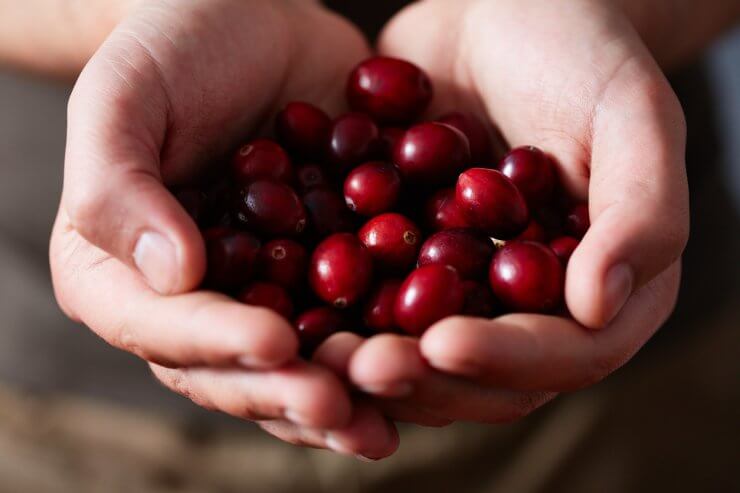
Why Grow Your Own Cranberries?
Now that we’ve cleared up the “do cranberries grow in water” confusion, you might be wondering why you’d want to grow these tart berries yourself. As a passionate gardener and cranberry enthusiast, I can think of plenty of reasons:
- Fresh flavor: Home-grown cranberries have a brightness and complexity that store-bought ones can’t match.
- Nutritional powerhouse: Cranberries are packed with antioxidants and vitamin C.
- Versatility: From sauces to baked goods, cranberries are incredibly versatile in the kitchen.
- Ornamental value: Cranberry plants are attractive year-round, with delicate flowers in spring and colorful foliage in fall.
- Unique gardening experience: Growing cranberries can be a fun challenge for experienced gardeners looking to try something new.
But how many plants do you need? If you’re dreaming of homemade cranberry sauce every Thanksgiving, plan on about 15-20 square feet of cranberry bed per person. This should yield enough berries for a few batches of sauce, plus extra for snacking and baking.
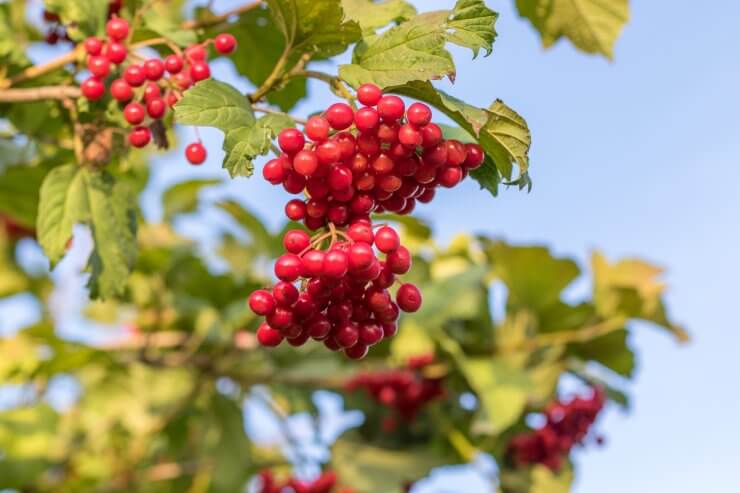
The Science of Cranberry Cultivation
Cranberries (Vaccinium macrocarpon) have some specific growing requirements that stem from their natural habitat. Understanding these can help you successfully grow cranberries, even if you don’t have a natural bog in your backyard:
- Soil pH: Cranberries thrive in acidic soil with a pH between 4.0 and 5.5. This acidity is crucial for nutrient uptake and disease prevention.
- Soil composition: They prefer sandy or peaty soils that drain well but retain moisture. The ideal mix mimics their native bog environments.
- Sunlight: Cranberries need full sun to partial shade, requiring at least 6 hours of direct sunlight daily.
- Water: While cranberries don’t grow in water, they do need consistent moisture. The soil should be damp but not waterlogged.
- Winter protection: In colder climates, cranberries benefit from a layer of mulch or sand to protect them from harsh winter conditions.
Understanding these factors is key to answering the question “do cranberries grow in water?” While they don’t grow submerged, they do require specific moisture conditions to thrive.
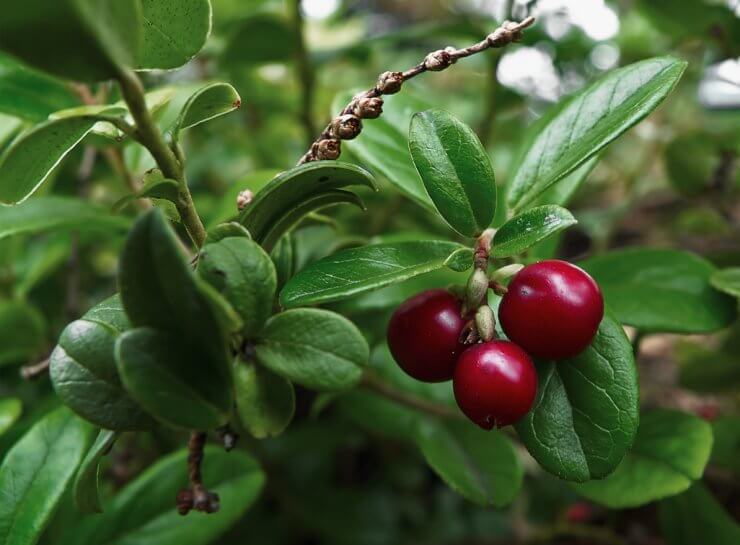
Choosing Your Cranberry Variety
Not all cranberries are created equal, and choosing the right variety can make a big difference in your cranberry growing success. Here are a few popular varieties and their characteristics:
- Stevens: A large-fruited variety that’s excellent for fresh eating and processing. It’s a hardy plant that’s relatively easy to grow.
- Ben Lear: An early-ripening variety with large, dark red berries. It’s a good choice for cooler climates with shorter growing seasons.
- Pilgrim: Produces medium to large berries and is known for its high yield. It’s a good all-purpose variety for the home gardener.
- Early Black: One of the oldest cultivated varieties, known for its deep purple-black color when fully ripe. It’s an early-season berry with a tart flavor, excellent for processing and cooking. Early Black is also prized for its antioxidant content.
We also like the Howes Cranberry, known for its deep red color and excellent storage quality. It’s a late-season variety, perfect for extending your harvest.
When choosing a variety, consider your climate, intended use (fresh eating vs. processing), and the length of your growing season. Remember, while commercial growers might flood their bogs, backyard growers don’t need to worry about whether cranberries grow in water. Focus instead on providing the right soil conditions and consistent moisture.
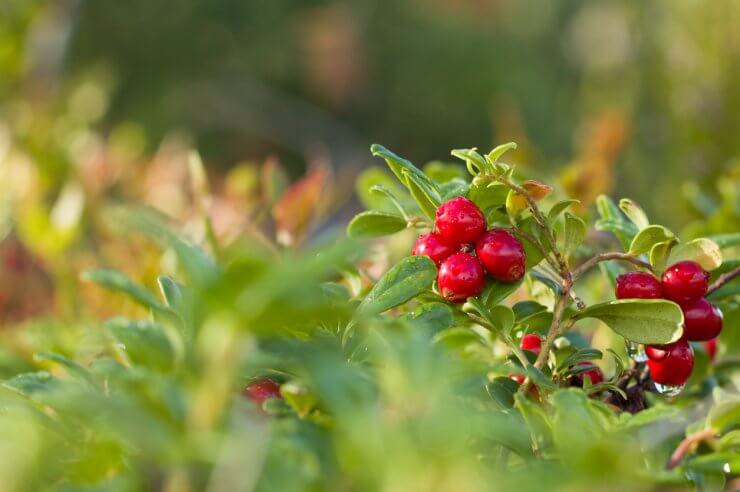
Tips for Successful Cranberry Growing
Growing cranberries can be a rewarding experience, but it does require some specific care. Here are some tips to help you succeed:
- Soil preparation: Start with a well-draining, acidic soil mix. You can acidify your soil by adding peat moss or sulfur.
- Planting: Space your cranberry plants about 1 foot apart in rows 2-3 feet apart. This gives them room to spread.
- Watering: Keep the soil consistently moist but not waterlogged. A drip irrigation system can be helpful.
- Fertilizing: Use an acid-loving plant fertilizer, applying it sparingly in the spring and early summer.
- Weed control: Mulch around your plants to suppress weeds and retain moisture.
- Pruning: Lightly prune your plants in early spring to remove dead or damaged vines.
- Pest management: Watch for common pests like cranberry fruitworms and implement organic control methods as needed.
Remember, while commercial growers use flooding techniques, you don’t need to worry about whether cranberries grow in water for your home garden. Focus on providing the right soil conditions and consistent care.
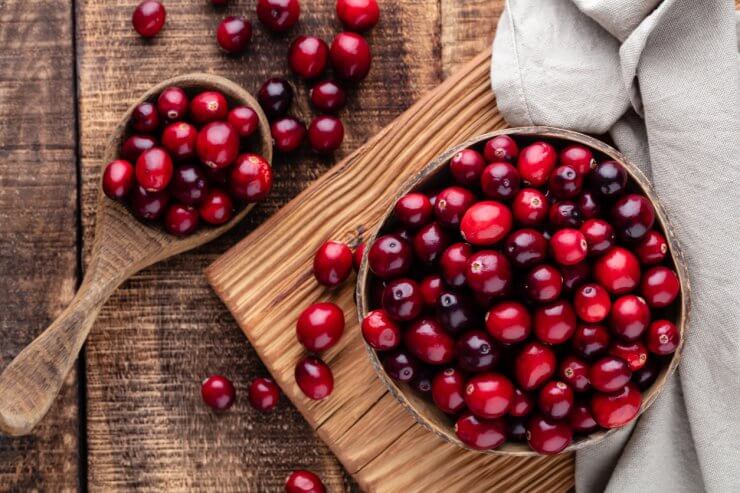
Harvesting Your Homegrown Cranberries
Harvesting your own cranberries is a satisfying experience. Unlike commercial growers who flood their bogs, you’ll be dry harvesting your berries. Here’s how:
- Timing: Cranberries are typically ready for harvest in late September to early October.
- Color test: Ripe cranberries should be deep red and firm to the touch.
- Picking: Gently remove the berries by hand or use a berry rake for larger plantings.
- Storage: Fresh cranberries can be refrigerated for up to two months or frozen for longer storage.
With proper care, a small cranberry patch can provide you with fresh berries for years to come, all without needing to flood your backyard!
Growing cranberries at home is a unique and rewarding experience. While commercial operations might have had you thinking you needed to create your own bog, we now know that these resilient plants are perfectly happy in well-prepared garden beds. With the right conditions and care, you can enjoy a bountiful harvest of these tart, versatile berries right from your own backyard.
For more detailed information on cranberry cultivation, including step-by-step planting guides and troubleshooting tips, check out our comprehensive Cranberry Gardening Guide. It’s packed with everything you need to know to become a successful cranberry grower.
Have you tried growing cranberries in your garden? Or perhaps you have a favorite cranberry recipe you’d like to share? We’d love to hear about your experiences in the comments below. Happy gardening, and may your cranberry harvests be plentiful!


 Previous
Previous

